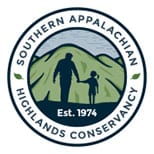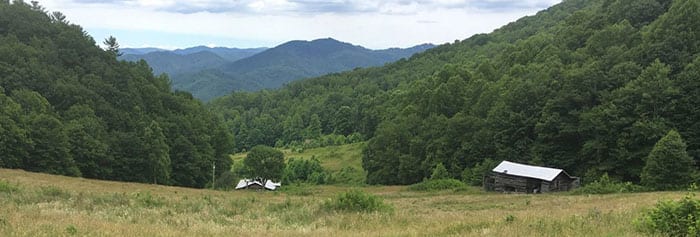
“Wrapped on three sides by publicly owned land, this pocket of prime forest and open pasture habitat will remain undeveloped for future generations,” says Executive Director Carl Silverstein. “The acquisition presents a wonderful opportunity for SAHC to deepen our connection to America’s most visited national park.”

“Protecting this land is critical for the elk, black bear and other animals moving in and out of Great Smoky Mountains National Park,” said Jeffrey Hunter, Southeast regional program manager for National Parks Conservation Association. “Wildlife aren’t aware of park boundaries and protecting lands adjacent to the Great Smokies provides protection for the animals, and creates corridors for them to move freely. This land acquisition is a critical step in preserving the biodiversity of this special region.”

Conservation of the Stevens Creek property also protects water quality. Three miles of streams flow across the tract and eventually drain into Waterville Lake, a popular boating, angling, and recreation site in the Pigeon River watershed.
“Conservation of the Stevens Creek tract benefits both wildlife and recreational users of these rugged mountain areas,” adds Silverstein. “We are very grateful to Brad and Shelli Stanback for making a generous gift that made this land acquisition possible.”
